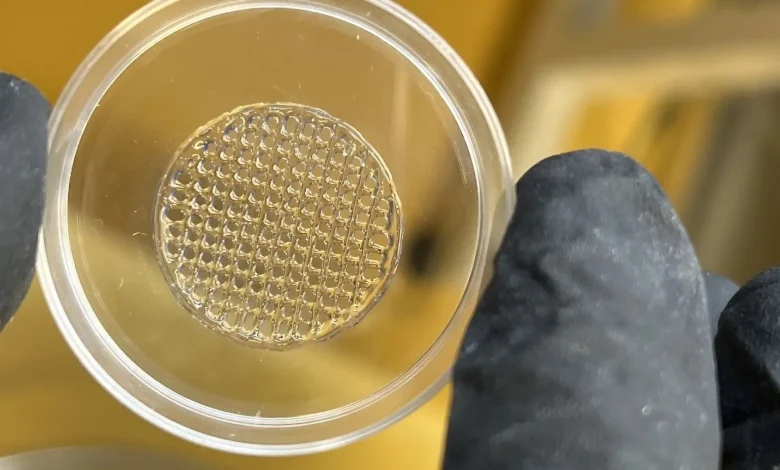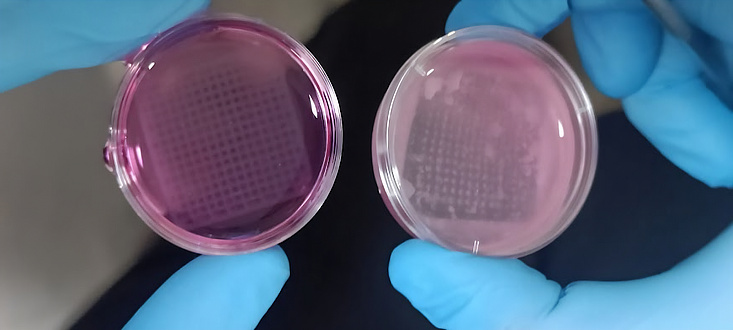
According to the Graz University of Technology (TU Graz) and the Vellore Institute of Technology (VIT) in India, a research team develops a 3D -printed skin timitation with living cells to test nanoparticles from cosmetics without an exterior test.
Directive 2010/63/EU stipulated restrictions on exerts for the examination of cosmetics and their ingredients throughout the EU. Therefore, there is an intensive search for alternatives to test the absorption and toxicity of nanoparticles from cosmetics such as sunscreens. A team of researchers from TU Graz and Vit is working on the development of skin timitations that imitate the domestic three -layer tissue structure and the biomechanics of human skin. Such imitations can be created with 3D printing and consist of hydrogel formulations that are printed together with living cells. The first skin models are now ready for nanoparticles tests.
Hydrogels
“The hydrogels for our skin imitated from the 3D printer have to meet a number of requirements,” said Karin Stana Kleinschek from the Institute of Chemistry and Technology of Bioba -based systems at TU Graz. “The hydrogels must be able to interact with living skin cells. These cells not only have to survive, but also be able to grow and multiply.”

The starting point for stable and 3D -printable structures is hydrogel formulations that were developed at the Graz TU. Hydrogels are characterized by their high water content, which creates ideal conditions for the integration and growth of cells. However, the flood content also requires methods for mechanical and chemical stabilization of the 3D prints.
TU Graz is working intensively on networking methods for stabilization. Ideally, the networking takes place according to the example of nature under very mild conditions and without the use of cytotoxic chemicals. After successful stabilization, the cooperation partners in India test the resistance and toxicity of the 3D prints in cell culture. Only when skin cells in the hydrogel survive for two to three weeks in cell culture and skin tissue can it be referred to as “skin imitation”. This skin timitation can then be used for further cell tests on cosmetics.
Successful tests
The first tests of 3D printed hydrogels in cell culture were very successful. The networked materials are not cytotoxic and mechanically stable. “In the next step, the 3D -printed models (skin timbering) are used to test nanoparticles,” said Karin Stana Kleinschek. “This is a success for complementary research at TU Graz and Vit. Our longstanding specialist knowledge in the field of material research for fabric and VIT specialist knowledge in molecular and cell biology have complemented perfectly. We are now working together to further optimize the hydrogel formulations and to further validate their usefulness as a substitute for animal experiments.”
